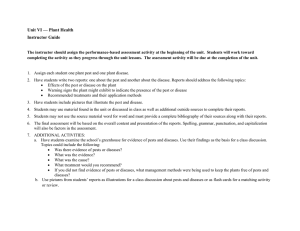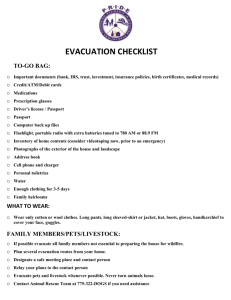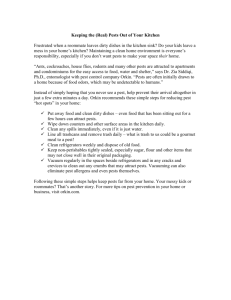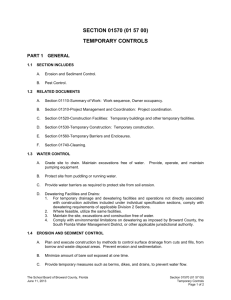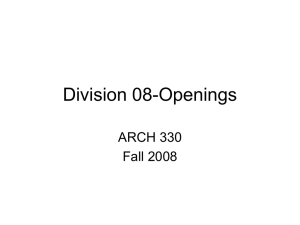AG1029.14 County Agent Notes Steve Moore, County Extension
advertisement
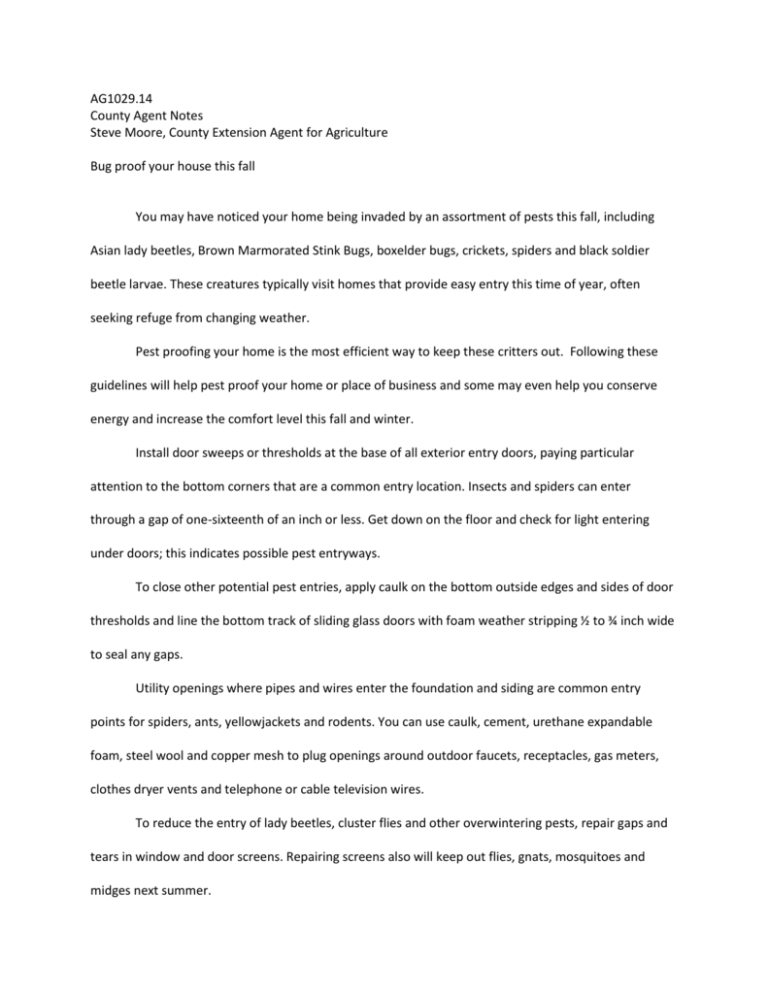
AG1029.14 County Agent Notes Steve Moore, County Extension Agent for Agriculture Bug proof your house this fall You may have noticed your home being invaded by an assortment of pests this fall, including Asian lady beetles, Brown Marmorated Stink Bugs, boxelder bugs, crickets, spiders and black soldier beetle larvae. These creatures typically visit homes that provide easy entry this time of year, often seeking refuge from changing weather. Pest proofing your home is the most efficient way to keep these critters out. Following these guidelines will help pest proof your home or place of business and some may even help you conserve energy and increase the comfort level this fall and winter. Install door sweeps or thresholds at the base of all exterior entry doors, paying particular attention to the bottom corners that are a common entry location. Insects and spiders can enter through a gap of one-sixteenth of an inch or less. Get down on the floor and check for light entering under doors; this indicates possible pest entryways. To close other potential pest entries, apply caulk on the bottom outside edges and sides of door thresholds and line the bottom track of sliding glass doors with foam weather stripping ½ to ¾ inch wide to seal any gaps. Utility openings where pipes and wires enter the foundation and siding are common entry points for spiders, ants, yellowjackets and rodents. You can use caulk, cement, urethane expandable foam, steel wool and copper mesh to plug openings around outdoor faucets, receptacles, gas meters, clothes dryer vents and telephone or cable television wires. To reduce the entry of lady beetles, cluster flies and other overwintering pests, repair gaps and tears in window and door screens. Repairing screens also will keep out flies, gnats, mosquitoes and midges next summer. Another way to prevent pest entry is to apply an exterior barrier treatment with insecticides. To gain the most from this effort, apply long-lasting liquid formulations that contain synthetic pyrethroids. These products are available at some hardware, lawn and garden shops. Apply the barrier treatment to base of all exterior doors, garage, crawl space entrances, foundation vents, and utility openings. It’s also useful to treat the outside perimeter of the foundation with a two- to six-foot wide band along the ground and two to three feet up the foundation wall. Educational programs of the Kentucky Cooperative Extension Service serve all people regardless of race, color, age, sex, religion, disability or national origin.
